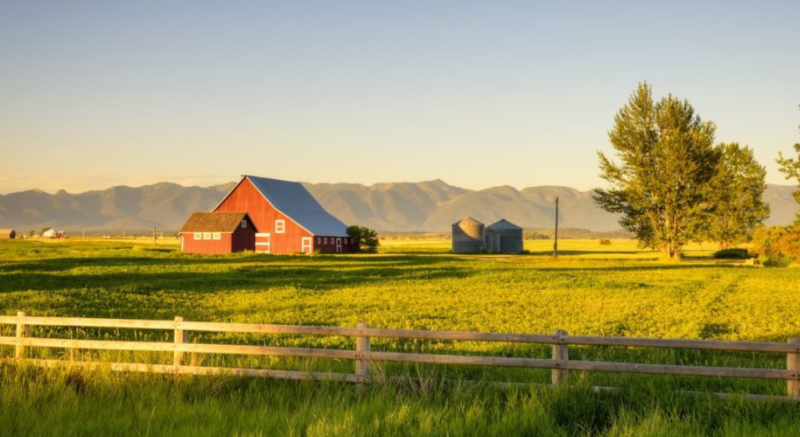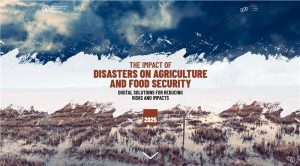In September 2025, the Danish Presidency of the Council of the EU informed national delegations that it would hold thematic discussions on various aspects of the Commission’s proposals during upcoming Council meetings.
During the first of these sessions, dedicated to the green architecture, ministers shared their perspectives on how far they believe the Commission’s proposals can achieve the goal of making the green transition simpler and more attractive for farmers.
According to the rotating Presidency, ministers were able to express whether they agreed with the idea of not including specific “green” requirements or obligations in the next CAP and how equal conditions for farmers could be ensured in the absence of such criteria.
In general, delegations underlined the need for a strong and flexible CAP that allows Member States to adapt their policies to achieve the ecological transition while maintaining economic viability for farmers. They also raised questions regarding the specific measures proposed by the Commission.
RELATED NEWS: EU must adapt CAP funding and financial tools to safeguard the F&V sector
During the discussion, Austria, on behalf of 17 delegations, presented a joint declaration on the structure of the CAP after 2027. The statement reaffirmed opposition to transforming the CAP into a purely national policy and defended the continuation of its two traditional pillars:
EAGF (European Agricultural Guarantee Fund), which finances direct payments and market measures, and
EAFRD (European Agricultural Fund for Rural Development), which supports policies and initiatives to ensure the development of rural areas across the EU, particularly in disadvantaged regions.
The debate marks the start of negotiations that will shape the future of EU agricultural policy, balancing environmental ambition with economic sustainability and fairness across Member States.





















